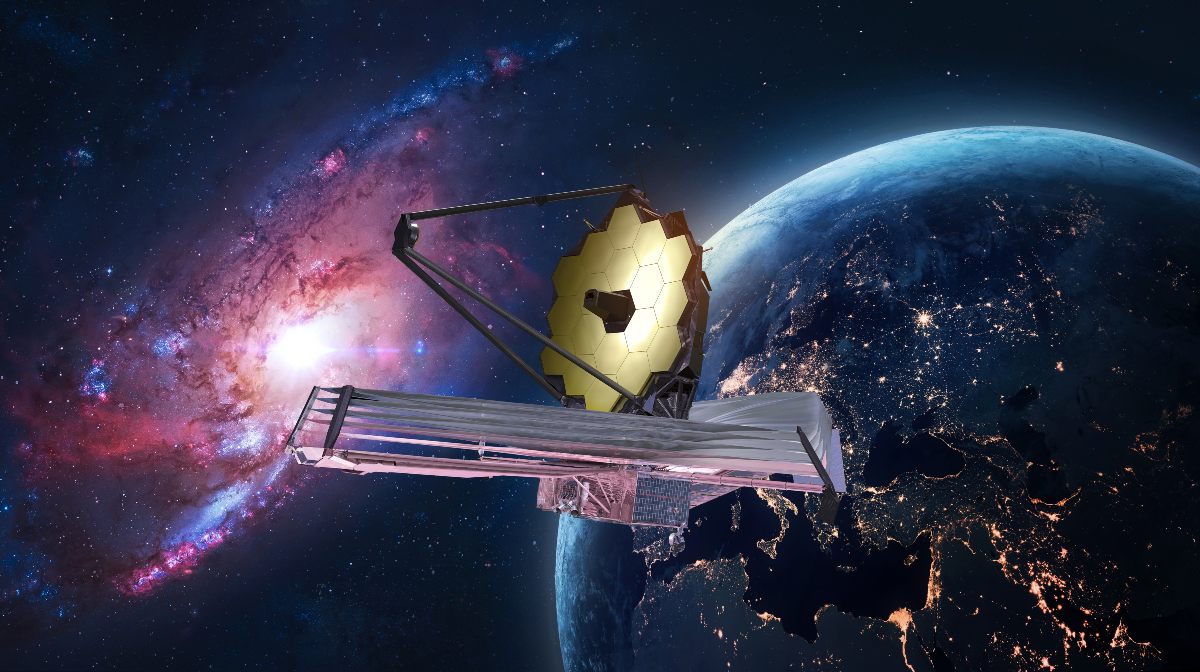SpaceX is set to launch its Starship starship again after two failed attempts in 2023. It is worth mentioning in this regard that, although these previous tests resulted in explosions minutes after liftoff, the company is confident that the next flight will be successful, marking a milestone in the history of space exploration.
It is important to clarify that the launch is scheduled for March 14 and Starship is expected to complete an orbital flight that will include propellant separation and a controlled landing in the Indian Ocean. This event is crucial for both SpaceX and NASA, as it demonstrates the spacecraft’s capability for future missions, including transporting astronauts to the Moon and, potentially, Mars.
Starship: the future of space transportation
Starship, a super-heavy rocket and spacecraft, is designed to carry large payloads and crews into deep space. At 400 feet tall and powered by liquid methane and oxygen, Starship surpasses NASA’s Space Launch System mega lunar rocket in size and thrust.
It is worth noting that the use of stainless steel as the main material, instead of traditional composites, reduces costs and makes the rocket more resistant. In addition, liquid methane as a fuel offers logistical advantages over the liquid hydrogen used by NASA, making it more suitable for extended space missions.
In that vein, it must be said that SpaceX’s ambition goes beyond simply reaching the Moon; Elon Musk has expressed his vision of establishing a city on Mars, and Starship is a crucial step in that direction. In addition, the reusability of the spacecraft, a fundamental aspect of its design, promises to make spaceflight more affordable and accessible to a wide range of users.
Collaboration with NASA and future missions
For its part, NASA has relied on SpaceX to develop a version of Starship intended to carry astronauts to the Moon as part of the Artemis program. With a $4 billion contract, in which SpaceX commits to demonstrate the feasibility of its lunar landing system, with the goal of conducting manned missions in 2026 and 2028.
Also, it is worth mentioning that Starship’s success not only affects NASA’s lunar missions, but also has broader implications for deep space exploration. The ability to refuel in low Earth orbit, a task never before accomplished, is a crucial requirement for missions beyond the Moon.
Finally, it should be noted that the upcoming SpaceX Starship launch represents a significant step into the future of space exploration. With the potential to revolutionize space travel and open new frontiers in human exploration, Starship remains a significant project for both SpaceX and the scientific and space community at large.




